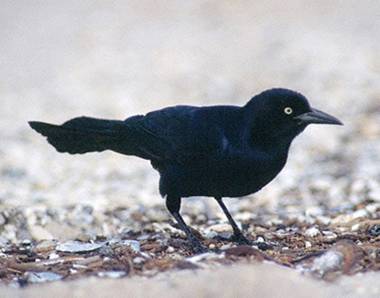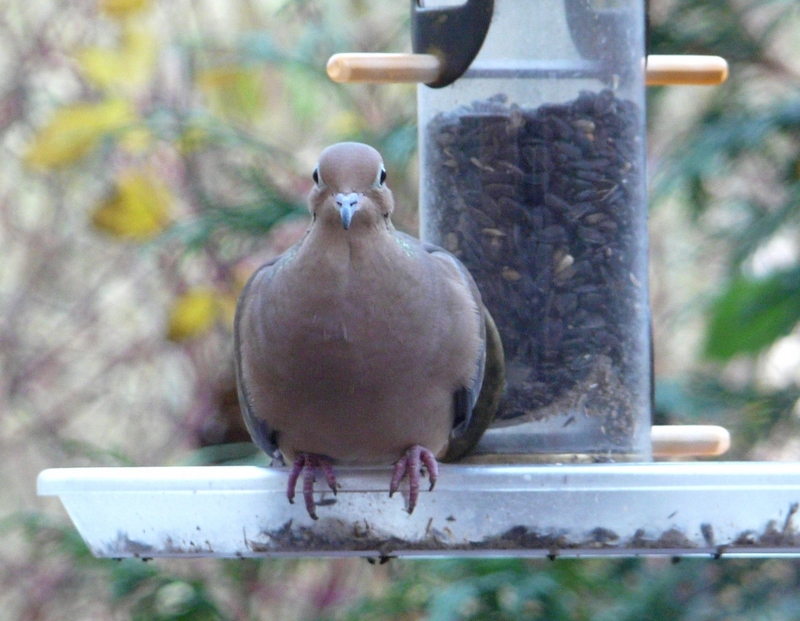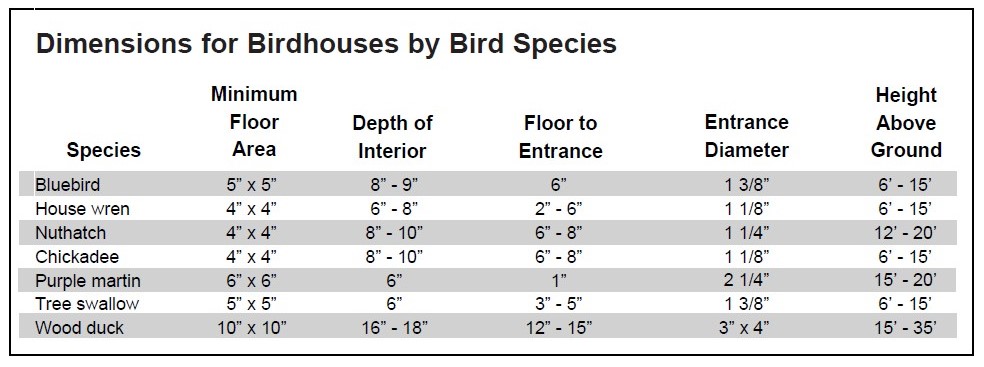The art and science of wildlife management has always been rooted in population and habitat management. The objectives may vary from species to species, but the bulk of management has focused on these topics. Another component of wildlife management, however, is the control of nuisance wildlife. Enter another topic of concern — the use of lead shot in the field. For decades now, there has been concern on using lead shot for hunting, but now it seams lead shot is banned for hunting and controlling nuisance birds.

On February 8, 2011, the U.S. Fish and Wildife Service (USFWS) has banned the use of lead ammunition for hunting nuisance birds, citing the need to prevent lead toxicity hazards to wildlife. The decision was published by USFWS as a final rulemaking action in the Federal Register. So that’s that. Continue reading Lead Shot Banned for Hunting Nuisance Birds

